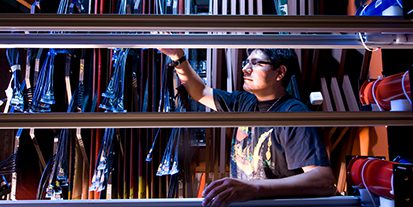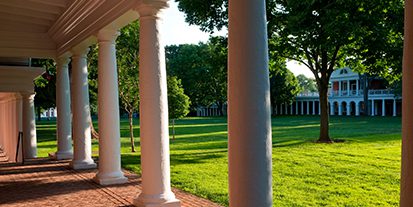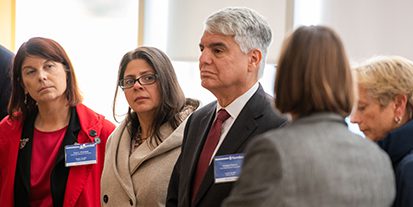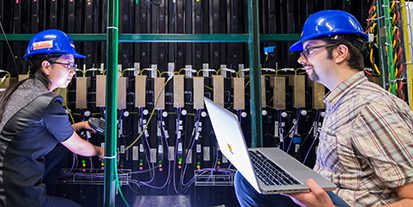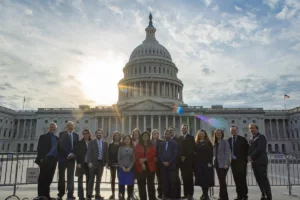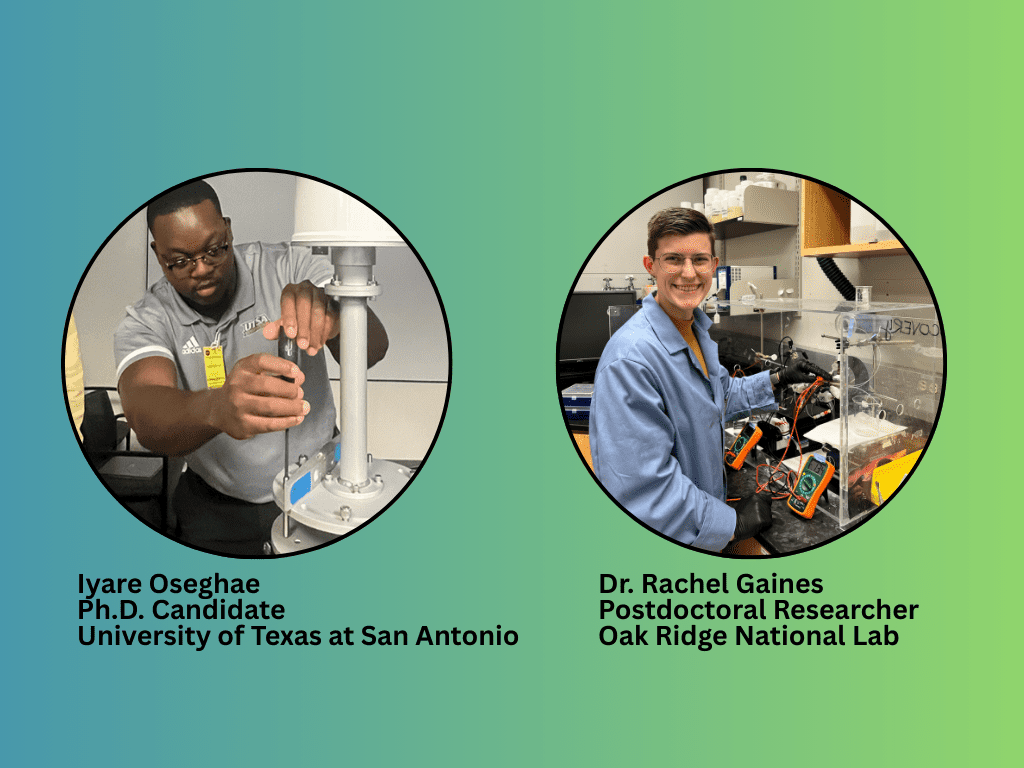Exploding Meteors and their Sound
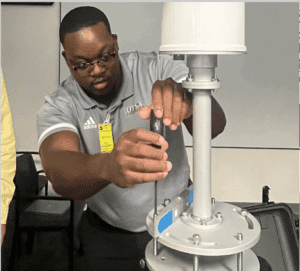
Image: Iyare Oseghae
Iyare Oseghae, a Ph.D. candidate and laboratory coordinator at the University of Texas at San Antonio, spent his summer calculating the unimaginable: the energy released when meteors explode in Earth’s atmosphere.
“It was my first professional experience featuring my undergraduate field of study – geophysics,” Oseghae said. “I was analyzing how low-frequency sound (infrasound) from meteors entering the atmosphere can help us figure out how much energy they release.”
Infrasound are really low sound waves that researchers can detect with special instruments. But this work has roots deeper than outer space. Infrasound measurements grew in scientific attention in the 1950s due to their use in detecting atmospheric nuclear testing.
The same infrasound technology used to detect nuclear testing can be applied to track meteor explosions. Oseghae’s work through the URA Sandia Fellowship resulted in a publication in the Astronomical Journal, highlighting the importance of accurate energy estimates for assessing near-Earth asteroid risks and informing planetary defense.
“The URA Sandia Fellowship gave me a chance to work on research I’d never have access to otherwise and to challenge myself,” he said. “It also gave me a taste of what being a geoscientist is like in the professional world.”
Working alongside experts in the geosciences division, Oseghae was exposed to a wide range of projects, from subsurface seismic instrument testing to satellite tracking observatories. Aside from the technical exposure, Oseghae valued the mentorship aspect of his summer. As the only Ph.D. student in his group of mostly undergraduate students, he became a go-to resource. “I was sort of the ‘elder statesman’ in the room,” he said. “They’d ask me about their projects, graduate school, or even my previous internships at NASA and Sandia. I really enjoyed sharing what I’ve learned and helping them chart their own paths.”
Zapping “Forever Chemicals” with Electrochemistry
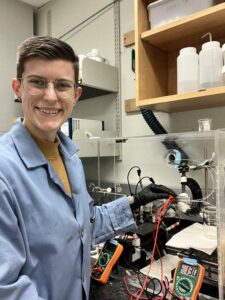
Image: Rachel Gaines
Meanwhile, at the intersection of chemistry and water pollution, Dr. Rachel Gaines, a postdoctoral researcher at Oak Ridge National Laboratory, was using electricity to break down some of the most persistent pollutants in our water systems: PFAS.
Often referred to as “forever chemicals,” PFAS (per- and polyfluoroalkyl substances) are notorious for their resistance to degradation and have been linked to serious health risks. During her URA Sandia Fellowship, Dr. Gaines tackled this problem using electrochemical oxidation, a process she laughingly describes as “electrocuting other people’s garbage.”
Her work focused specifically on short-chain PFAS, which are even more difficult to degrade than their longer-chain counterparts. By using statistical modeling to inform and analyze her experiments, Dr. Gaines developed a deeper understanding of how the interactions between different electrochemical operating conditions affect PFAS breakdown – now a published paper in ECS Advances.
“This is a huge challenge,” she said. “Electrochemical technology can’t degrade a lot of these short-chain PFAS at large scales, but we’re working on it. We’re essentially trying to make waste suck a little less,” she quipped. “And that’s something society should care about.”
Beyond the bench, Dr. Gaines said the URA program gave her something just as valuable: professional development. “It taught me how to manage a project from start to finish and how to navigate the culture of a national lab and build networks,” she said.
ABOUT THE URA SANDIA GRADUATE SUMMER FELLOWSHIP
The URA Sandia Graduate Summer Fellowship provides graduate students with the opportunity to conduct STEM research at Sandia National Laboratories.
ABOUT URA
Universities Research Association (URA) is a not-for-profit 501(c)(3) with a mission to augment the exchange of expertise between universities and national labs to accelerate innovation and scientific discovery. URA is an academic consortium composed of over 90 premier research universities across the United States, United Kingdom, and Italy headquartered in Washington, D.C; a parent company in the management and operation of Fermilab; a member of Honeywell’s National Technology and Engineering Solutions of Sandia (NTESS) for the management and operation of Sandia National Laboratories; and a financial steward for the National Science Foundation for nation’s participation in the Pierre Auger Cosmic Ray Observatory in Argentina.
###
For More Information:
URA Communications – communications@ura-hq.org

